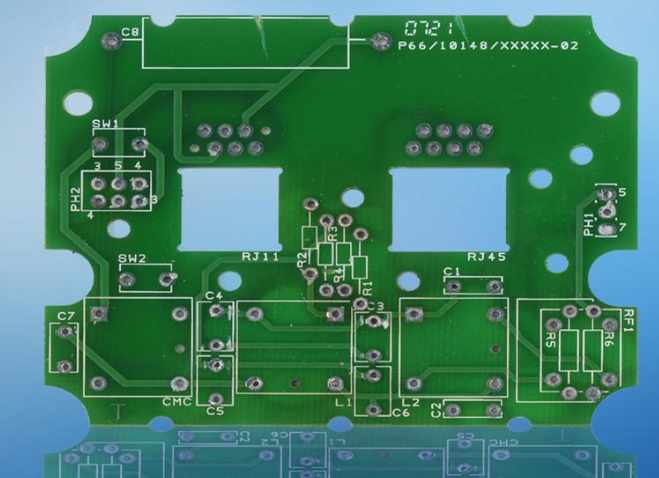Since the flexible PCB relies on flexible substrate materials and can be bent, which results in the light weight and small size of the flexible PCB, it has witnessed more and more applications in electronic products in recent years.
Text label: Flexible PCB
The development trend of miniaturization and multifunctionalization of electronic products will surely promote the development of PCB manufacturing technology in the direction of high density, high precision, miniaturization and high speed. Since the flexible PCB relies on flexible substrate materials and can be bent, which results in the light weight and small size of the flexible PCB, it has witnessed more and more applications in electronic products in recent years. The development of PCB boards is closely related to the development of materials and technologies, so this article will discuss the development opportunities and challenges that flexible PCBs must face in terms of new materials and technologies.
The innovation of flexible PCB largely depends on the growth of new materials. Material innovations for insulating substrate materials, adhesives, metal foils, cover layers and reinforcement plates are pushing circuit boards to achieve higher performance.

Because flexible PCB manufacturing requires higher requirements for various materials, a diversified material system will provide manufacturers with multiple options and combinations. Because the flexible PCB technology utilizes flexible substrate materials, it is compatible with and complementary to the popular printed electronics technology in recent years. Therefore, how to use printing technology to manufacture circuit boards in the additive process is a new topic that the flexible PCB industry should pay attention to.
Advances in materials and technology can further expand the application range of flexible PCBs. For example, LED PCB plays a leading role in the current market, depending on the design of rigid board and metal bottom plate. With the optimization of material heat resistance, flexible PCB will be applied to light and thin LED products. Another notable application of flexible circuit boards is automotive PCBs. So far, automotive electrical components are mainly connected by wires, and the equivalent thin flexible PCB is 70% lighter than wires. The breakthrough in the research and development of high polymer materials has improved the high temperature stable working range from current 100°C to 125°C to 200°C or higher. In addition to high efficiency, excellent electrical induction and control performance, flexible PCBs will find more applications in automobiles and play a key role.
In the PCB industry, new materials and new technologies usually help each other, because of their higher requirements for performance, they can play a perfect role on flexible PCBs. In the manufacturing process of micro-holes in flexible PCBs, the mechanical strength and deformation coefficient of different materials on different layers should be carefully considered, and the deformation should be estimated based on the results of through-hole manufacturing. In the end, precise micropores will be successfully manufactured. With opportunities, all application expectations will pose extreme challenges in PCB materials, technology and design. Therefore, when we want to go further in the PCB industry, adhere to the principles of technological innovation and independent research and development.